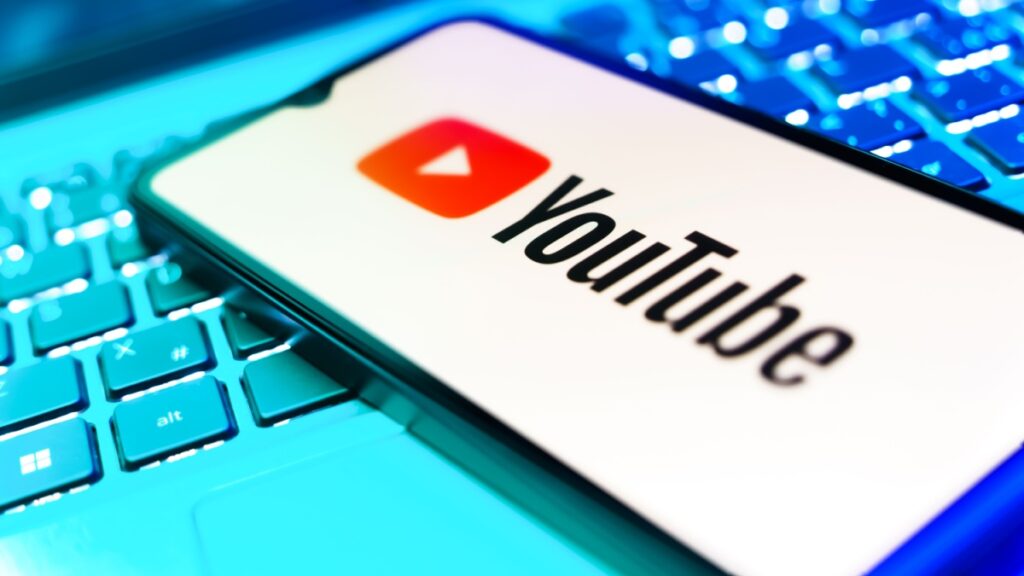Nano Banana: Google reveals the viral name origin of its image AI
In the latest episode of the Made by Google podcast, product manager David Sharon finally shed light on the name that has amused the tech community: Nano Banana.
This colorful nickname, which went viral in just a few hours, is actually the playful name for the model known as Gemini 2.5 Flash Image.
How “Nano Banana” Was Born at 2:30 A.M.
It all began when a product manager at Google, Nina, anonymously submitted the new AI model to LM Arena, a benchmarking platform that allows users to test various language models.
To maintain anonymity, she had to choose a temporary name. “At 2:30 A.M., ‘Nano Banana’ popped into my head,” David Sharon recounts.
A few hours later, the model was making waves online. The whimsical name charmed internet users so much that Google decided to officially adopt it to refer to this public version.
From Humor to Branding: Google Fully Embraces It
In light of this unexpected enthusiasm, the team decided to “go with it”: Sharon explains that banana icons have been integrated into the Gemini app to indicate where the Nano Banana model is being used. As a result, users can easily identify this version in the app while enjoying a typically Google touch of humor.
Beyond the name, the success of Nano Banana hinges on its remarkable performance in generating realistic images.
Sharon notes that the real game-changer was the model’s ability to faithfully reproduce a familiar human face, rather than a “distant AI version”: “The fact that the generated character closely resembles you is one of the reasons it went viral.”.
This accuracy in facial representation quickly captured users’ attention, leading to a surge of creative trends worldwide.
Global Trends, from “Figurine Prompt” to Vintage Photos
Sharon mentions several examples of viral uses:
- The “figurine prompt” of 90 words, which originated in Thailand, where users transform into collectible figurines.
- Polaroid-style montages, very popular on Instagram.
- The restoration of old family photos, made possible by the model’s precision.
Marked Images for Increased Security
Google also emphasizes safety and transparency. All images generated by Nano Banana include a visible watermark and an invisible SynthID imprint, clearly identifying AI-generated content.
For those wanting to try Nano Banana in the Gemini app, Sharon recommends starting simply: “Use the built-in models, like the famous figurine prompt: upload a photo and see yourself transformed.”
Once familiar, users can experiment with new styles, locations, or eras to push their creativity even further.
“Nano Banana” is proof that a randomly conceived idea can become a symbol of creativity and humanity in the realm of artificial intelligence.




